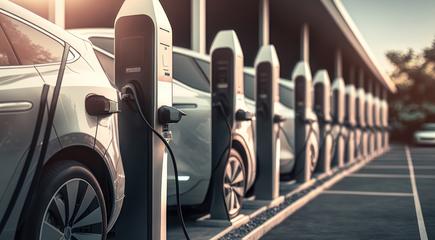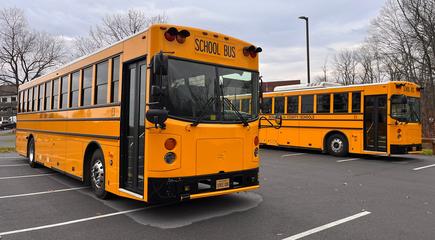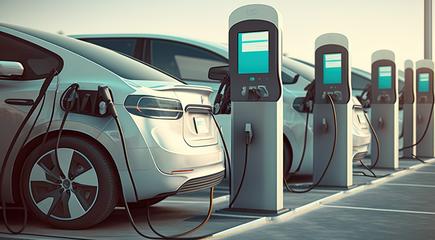Streetlight Charging: A Solution for Urban EV Infrastructure
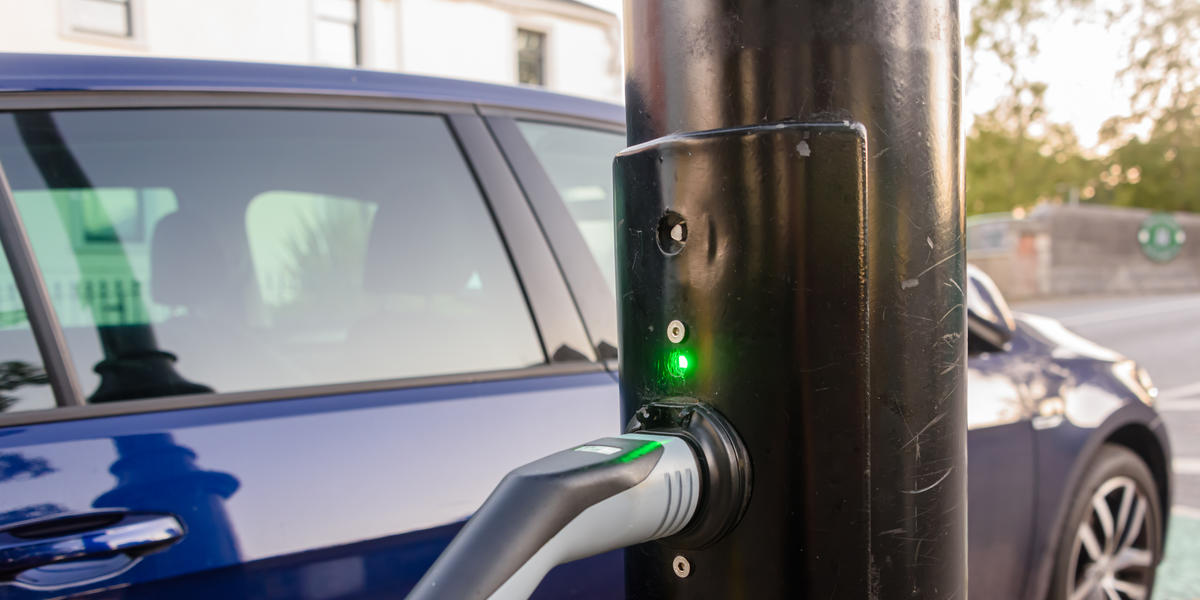
In the U.S., 64% of Electric Vehicle (EV) owners have the convenience of a Level 2 home charger, capitalizing on low overnight electricity rates. This aligns with the 70% of Americans who reside in single-family homes, often equipped with garages or driveways, allowing for private charger installation.
However, those living in multi-unit dwellings like apartments or condos face challenges in accessing overnight EV charging. As EVs become more widespread and affordable, the U.S. aims to increase EV adoption to cut CO2 emissions. Crucial to this effort is expanding the charging network, particularly in densely populated areas, to serve commuters and residents of multi-unit housing.
Diverse Charging Options
Rapid charging stations can boost an EV's battery to 80-90% in just 20-30 minutes. These stations are strategically placed near highways for long-distance travel or in parking areas where drivers can spend time shopping or getting a cup of coffee. For daily commuters and short-trip drivers, home charging is more convenient. Adding a 20- to 30-minute charging stop is often impractical, making home charging the better option. This need for rapid charging is more acute for residents of multi-unit housing, where private chargers are less feasible.
Europe's dense population creates its own complications for EV charging. With a similar population but half the land area of the U.S., Europe's older cities and apartment-centric living present unique challenges. In the UK, for example, 24% of the population lacks access to private parking. This figure jumps to 46% in inner London, making charging point access a significant barrier to EV adoption.
London's Innovative Streetlight Charging Solution
In 2016, London piloted a project in Kensington and Chelsea to convert streetlights into EV charging stations. This involved upgrading fuses for safe power delivery without disrupting the electrical network. The conversion process is quick, taking 1-2 hours per streetlight, and involves minimal infrastructure changes, leaving only a discreet charging socket and signage. The borough later added 540 streetlight chargers and 110 rapid charging stations, placing 94% of residents within 300 feet of a charger.
Widespread Adoption and Expansion
The UK now boasts 8,000 streetlight and bollard charging stations. Local requests guide new installations, ensuring demand-driven expansion. The concept is catching on in mainland Europe, with Berlin installing 200 streetlamp chargers and planning for 800 more. Solutions include bollards and wall-mounted boxes for communal parking areas, often with profit-sharing and maintenance agreements to encourage private installations.
In Europe, these stations typically require drivers to carry their charging cables. The stations operate through smart charging cables available in two power options, with renewable power subscriptions, or via mobile apps billing per kWh.
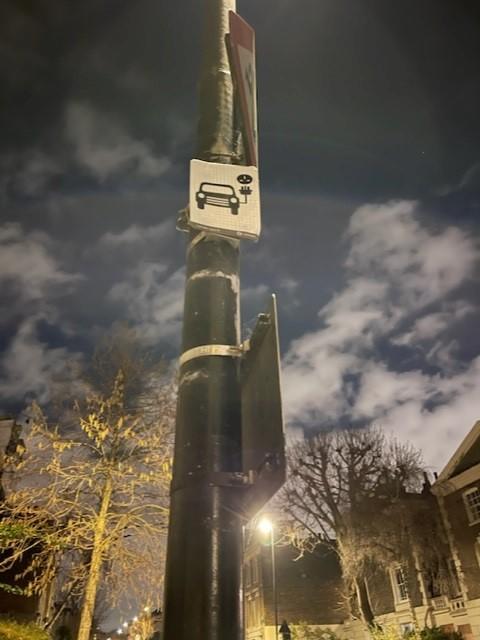
Los Angeles' Pilot Program and National Expansion
Los Angeles, while half as dense as London, leads in U.S. EV ownership. With a high rental population and many living in multi-unit buildings, the city faces similar charging challenges. A significant push began in 2019, with the installation of 130 streetlamp charging stations, following an LED streetlight upgrade. The plan is to add 150 chargers annually, supported by grants and private investments.
Other U.S. cities like Melrose, MA, and New York are exploring similar streetlight and bollard charging solutions, with New York aiming for 10,000 curbside chargers by 2030.
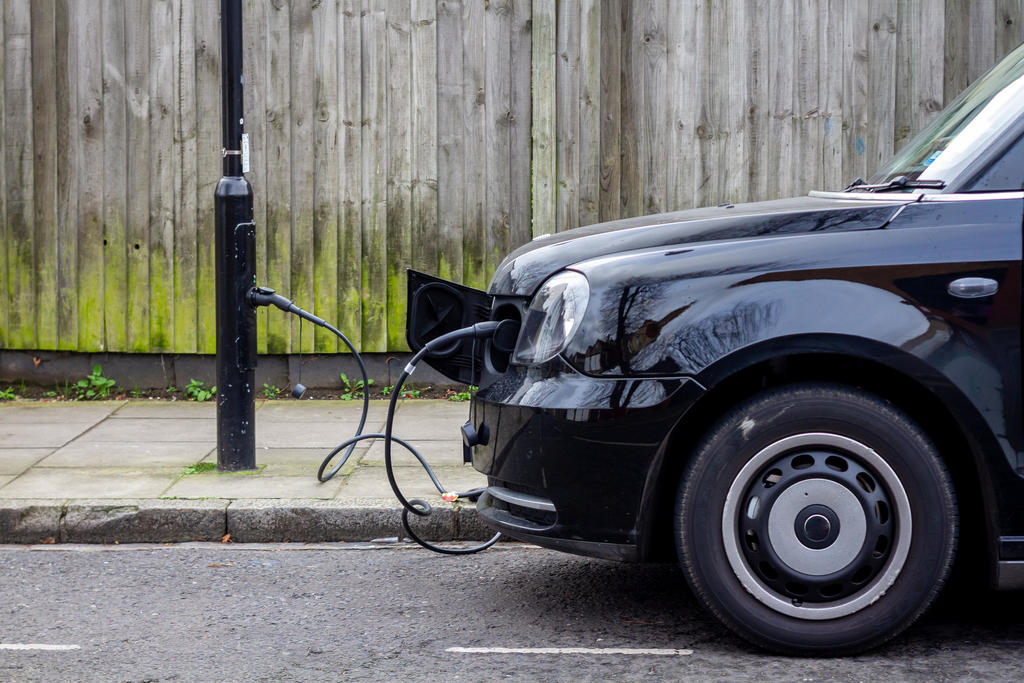
A Promising Future for EV Charging
As of 2023, the UK had over 53,000 public charging points, with potential for substantial growth through lamppost conversions. The U.S. Department of Energy estimates the need for 27,500 rapid chargers and over 600,000 Level 2 chargers by 2030 to support an expected 15 million EVs. With 26 million streetlamps nationwide, the U.S. has a significant opportunity to leverage this innovative charging approach.
Streetlamp conversions offer an equitable, efficient, and environmentally friendly charging solution, particularly for those in multi-unit dwellings. This approach promises to be a cornerstone in the nationwide rollout of EVs, ensuring accessible and convenient charging for all. Power Integrations supports the electrification of transportation with highly integrated power conversion solutions for electric vehicles. Our high-efficiency and high-reliability products for EV charging include InnoSwitch3-AQ switcher IC families for high voltage auxiliary power supplies and SCALE-iDriver high-power gate driver ICs for high-speed DC chargers.


